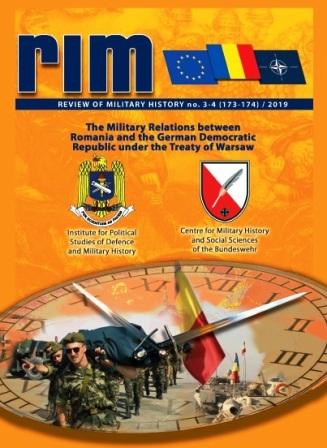Planificarea strategică românească în perioada septembrie 1940 - iunie 1941
Romanian Strategic Planning During the Period September 1940 - June 1941
Author(s): Petre OtuSubject(s): Military history, Military policy, Policy, planning, forecast and speculation, WW II and following years (1940 - 1949)
Published by: Editura Militară
Keywords: Romanian strategic planning; Germany; Operation Barbarossa; Bessarabia; Bukovina; Tripartite Pact;
Summary/Abstract: This study presents the organization and functioning of the strategic planning process during between September 1940, when power was seized by General Ion Antonescu, who became the leader of the Romanian state, temporarily associating himself with the Legionary Movement, and June 22, 1941, when Romania joined Germany in “Operation Barbarossa” with the goal of liberating Bessarabia and Northern Bukovina, both annexed by the Soviet Union the year before. Romania’s most important strategic objective was to defend its eastern borders, specifically the region between River Prut and Eastern Carpathians, the Danube mouths and the Romanian littoral at the Black Sea. In spite of the guarantees offered by Germany and Italy on August 30, 1940, the Soviet Union maintained an aggressive conduct. This fact triggered the deployment to this region of the most important forces, the erection of important fortification, such as the Focșani-Nămoloasa-Brăila fortified line, and the elaboration of projects aiming to repel a potential aggressive action. After the arrival of the German Military Mission and Romania becoming a member of the Tripartite Pact, the plans of the General Staff were adjusted in accordance with German needs, represented by the two major operations, “Marita” and “Barbarossa”. If, in what the former was concerned, Romania only had a modest role, in the latter Bucharest had a major interest, Ion Antonescu believing that the reclamation of the two provinces could only be achieved with German help. As a consequence, the General Staff, which was the structure tasked with strategic planning, followed the directives of the German High Command, taking steps to prepare the Romanian forces for action.
Journal: Revista de istorie militară
- Issue Year: 2021
- Issue No: 3-4
- Page Range: 26-52
- Page Count: 27
- Language: Romanian

